
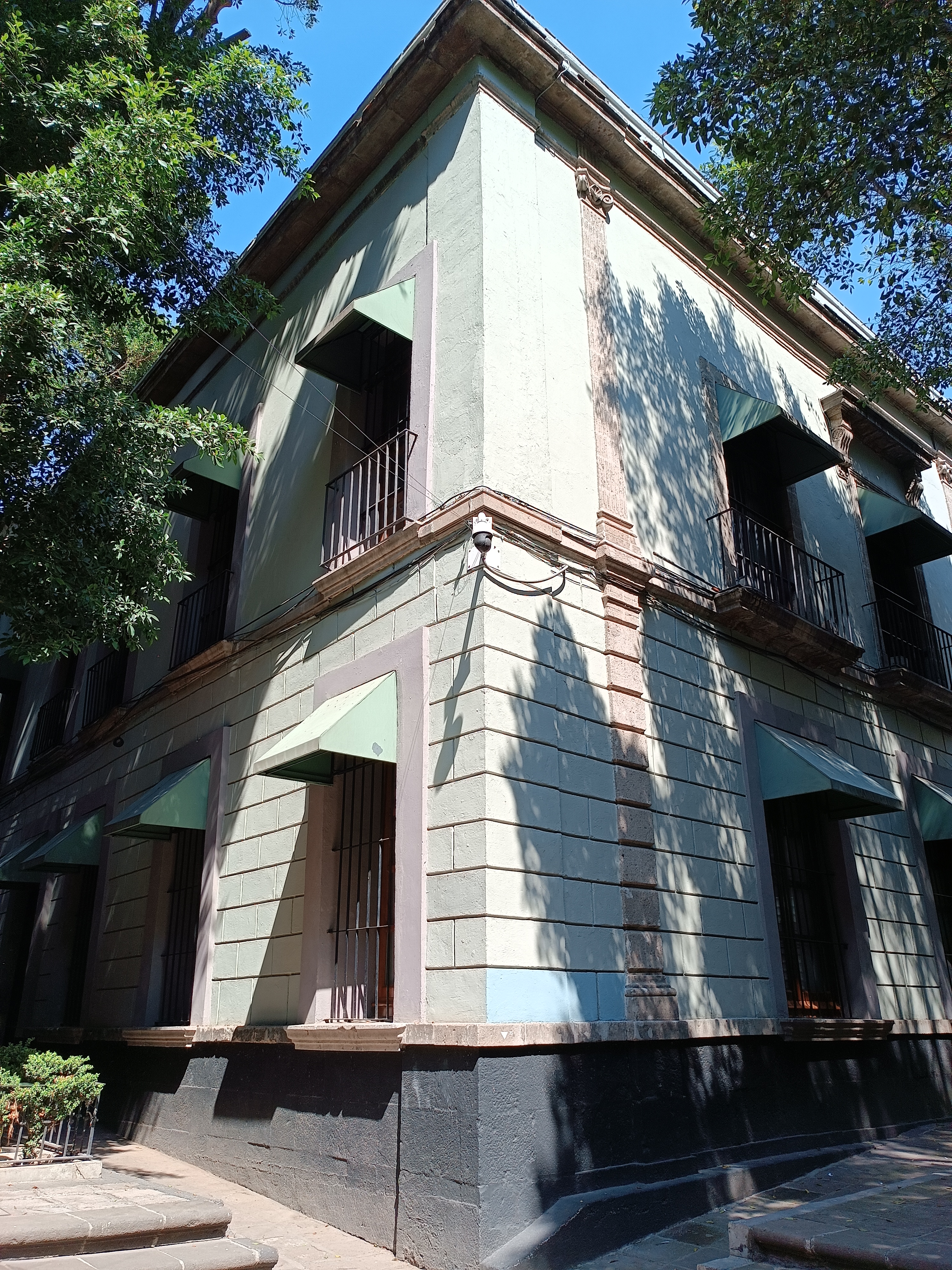
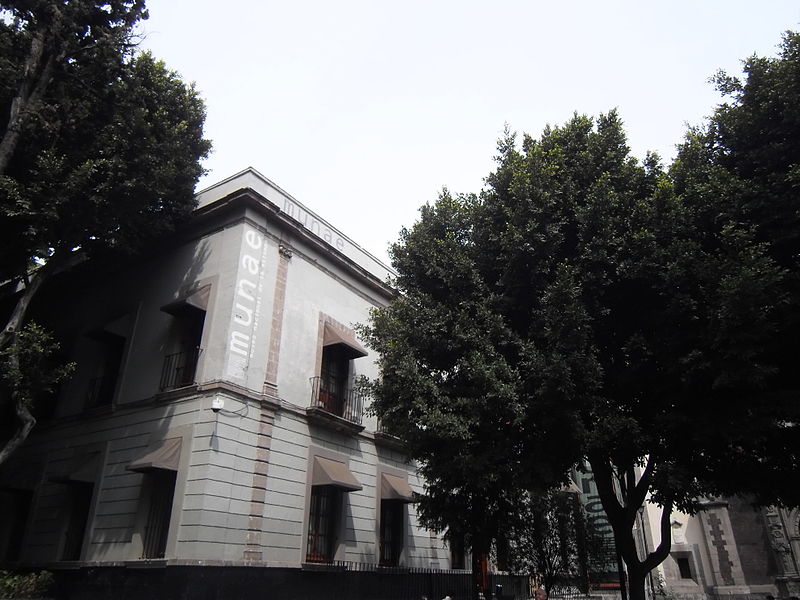
The Museo Nacional de la Estampa (MUNAE) is the National Printmaking Museum. At 39 Hidalgo Avenue, the museum is on the emblematic Plaza de la Santa Veracruz, the museum is part of the Museum Network of the National Institute of Fine Arts and Literature (INBAL).
The MUNAE was founded on December 17, 1986, by presidential decree. The doors opened to the public as part of the INBAL with the objective of “gathering, preserving, documenting, and disseminating the graphic work of Mexican and foreign artists among the general population.” The reason for a museum dedicated to engraving and printmaking was that the media constitutes “a means of expression that has a widespread tradition and great acceptance.”
37 years after its foundation, the MUNAE has one of the most important graphic art collections in the country, more than 12,500 works. The museum has organized some 350 temporary and traveling exhibitions, and these have addressed a wide range of themes and approaches. Reviews of the collection, retrospectives of national and international artists and collectives, and examples of current graphic art, among others. Other types of platforms have been created and fortified. These have included workshops, artistic encounters, concerts, editorial presentations, academic activities, and guided tours. All of these actions have increased the precinct’s activities and strengthened collaborative links with other agents and creators dedicated to the graphic arts.
The building housing the MUNAE is one of four buildings surrounding the Plaza de la Santa Veracruz. The others are the Franz Mayer Museum, the temple of San Juan de Dios, and the Church of Santa Veracruz.
In 1526, Hernán Cortés built a chapel for the Archconfraternity of the Cross which he had found in 1519 soon after arriving on the coast in Veracruz. At the end of that decade, the Archconfraternity and the new Mexico City City Hall (Cabildo) negotiated the expansion of the hermitage and the construction of buildings that would accompany it. The Cabildo granted the Archconfraternity two lots of land on the condition that new constructions would not affect the surrounding indigenous population.
In 1568, the hermitage became a parish at the request of the archbishop and the viceroy. The Sagrario parish was not able to administer the sacraments to the Spanish population. By the middle of the 18th century, the parish of Santa Veracruz had an extensive jurisdiction that included the towns of San Antonio de las Huertas, San Agustín de las Cuevas, Chapultepec, Nonoalco, Molinos del Rey, and la Pólvora.
A record of an 1813 dispute between architect and sculptor Manuel Tolsá and the priest of the Santa Veracruz parish allows us to learn that land currently occupied by the MUNAE had previously been the Calvary cemetery. This was likely created after the smallpox epidemic of 1779. The dispute was resolved in favor of Tolsá. In 1833, the City Cabildo ordered the destruction of the cemetery in 1833, an order that had to be carried out between 1833 and 1842.
In 1861, the writer, politician, and man-at-arms, Florencio María del Castillo Velasco acquired a piece of uncultivated land on the plaza. There he began to build a house. This was possibly on the land today occupied by the MUNAE. The following year though, with his brother, he joined the forces fighting the French intervention. In 1863, he was apprehended, tried and taken prisoner to the Castle of San Juan de Ulúa, in Veracruz. He died there in October of the same year.
In March 1884, the Cabildo requested payment for the the land from one Florencio del Castillo. His son, Carlos del Castillo, settled the debt that same year and, together with his brothers, retained ownership of the land. The Del Castillo’s project probably corresponds to the current MUNAE building.
During the first decades of the 20th century, the Plaza de la Santa Veracruz was occupied by a flower market with fixed stalls. The current MUNAE building had an accessory building on the first floor and the two upper floors were used for housing.
In 1967, Alfonso Corona del Rosal, then mayor of the capital, planned the remodeling of the Plaza de la Santa Veracruz and the old Morelos Garden. After these interventions, the properties adjacent to the Santa Veracruz church remained in the hands of private individuals and were put to different uses, both commercial and residential. In some photographs, one can see the accessory rooms on the upper floor, and a restaurant, flower shop – perhaps remaining from the old flower market – and a printing press.
In 1983, the Secretary of Human Settlements and Public Works of the Federal Government acquired the building to offices of the Colima State Government. The building was restored by architect Javier Villalobos. But the Colima officials never occupied the site. inally, in 1986, the building was destined to the service of the Ministry of Public Education for the use of the National Institute of Fine Arts and Literature, in order to establish what is today the National Museum of Fine Arts and Literature.
Hours: Tuesday through Sunday, 10 a.m. to 6 p.m.
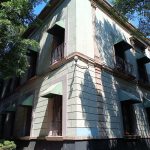 Founded in 1986, this museum presents an important collection of Mexican graphic art. The building was part of the grounds of the Santa Veracruz Parish. With the nationalization of church property in 1860, the land was privatized and sold. The current building dates from the 19th century after several modifications. By 1967 the plaza was restored and the search for a site for the collection had begun.
The National Institute of Fine Arts and Literature acquired the property and on December 17, 1986 the National Museum of Printmaking was opened. The precinct exhibits an important collection of more than 12,000 works by national and international artists, mainly from the 20th and 21st centuries. This collection includes prints, engravings, original matrices, and editions, making it one of the most important graphic art collections in the country.
Founded in 1986, this museum presents an important collection of Mexican graphic art. The building was part of the grounds of the Santa Veracruz Parish. With the nationalization of church property in 1860, the land was privatized and sold. The current building dates from the 19th century after several modifications. By 1967 the plaza was restored and the search for a site for the collection had begun.
The National Institute of Fine Arts and Literature acquired the property and on December 17, 1986 the National Museum of Printmaking was opened. The precinct exhibits an important collection of more than 12,000 works by national and international artists, mainly from the 20th and 21st centuries. This collection includes prints, engravings, original matrices, and editions, making it one of the most important graphic art collections in the country.
Heart of México Walking Route: Manuel Tolsá - Santa Veracruz
< < Museo Franz Mayer | San Hipólito Mártir > >
Proyecto “Corredor de Cultura Digital”.
Nombre de la investigación: Investigación Centro Histórico, Monumentos, Edificios y Puntos de Interés (2023)
Dirección de investigación y diseño de Rutas: Acércate al Centro A.C. Guadalupe Gómez Collada
Coordinación e investigación histórica: Fideicomiso del Centro histórico Dir. Maestra Loredana Montes
 munae.informes@gmail.com
munae.informes@gmail.com
 +52 (55) 8647 5220
+52 (55) 8647 5220
 https://museonacionaldelaestampa.inba.gob.mx/
https://museonacionaldelaestampa.inba.gob.mx/
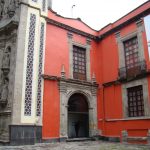
Nearest at 0.03 kms.
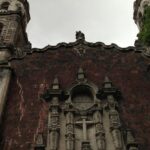
Nearest at 0.05 kms.
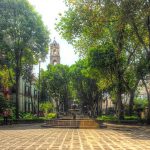
Nearest at 0.05 kms.
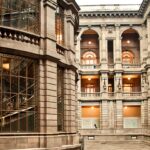
The National Art Museum in Mexico City's Centro Histórico is always going to be a holiday highlight.

One of Mexico City's most beautiful historic squares, it's a meeting place for booklovers and dealers.
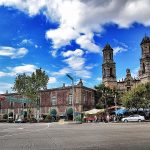
Presiding over Avenida Balderas like a fount of history, the Old Hipolito Church still strikes a somber chord.
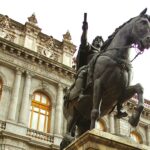
Perhaps more controversial than Sebastián's big yellow replacement, Charles the Fourth is still riding high.
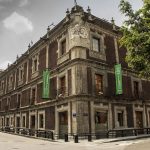
One of the most painstakingly restored 17th century complexes in the City, MIDE tackles a tough subject with style.